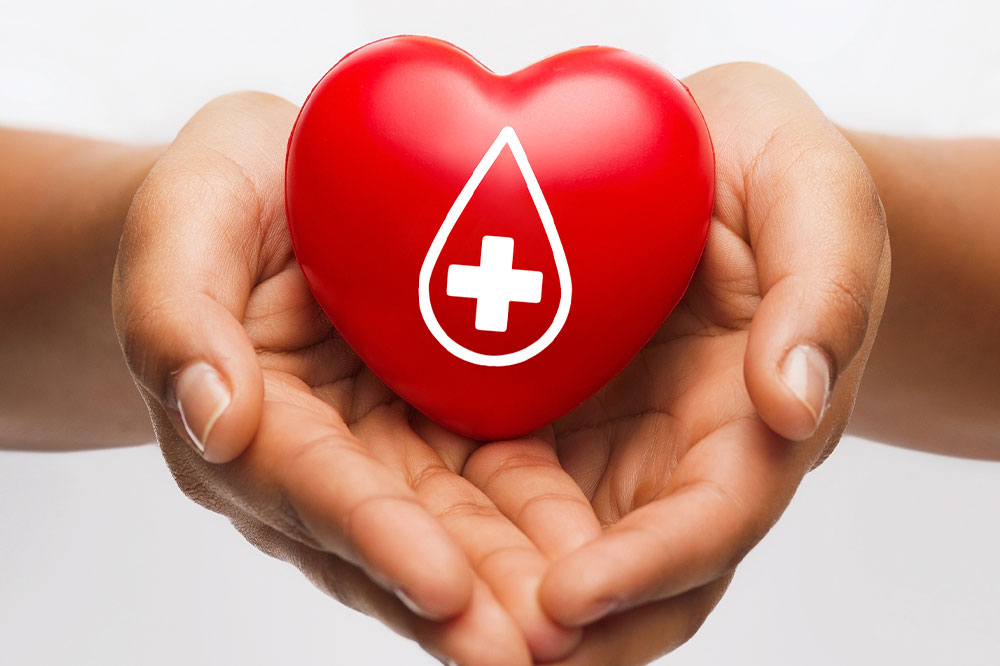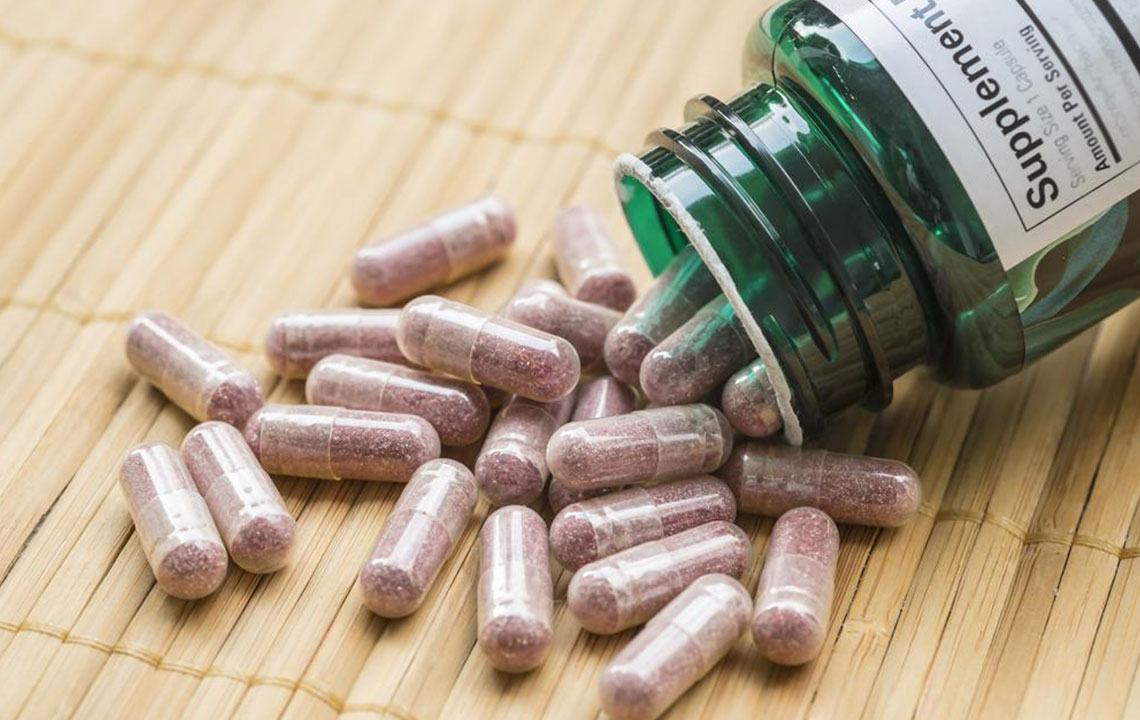Key Insights into Plasma Donation and Its Benefits
Explore essential information about plasma donation, including its importance, the donation process, health benefits, preparation tips, and top centers. Discover how this act can save lives, improve personal health, and offer financial rewards, all while adhering to safety standards. A must-read guide for potential donors aiming to make a meaningful impact in healthcare and society.

Key Insights into Plasma Donation and Its Benefits
Plasma, the vital liquid component of blood, plays a critical role in maintaining pH balance, blood pressure, and carrying essential cells like platelets and red blood cells. Donating plasma involves extracting this fluid at health centers to aid patients suffering from various conditions. Not only does plasma donation assist patients, but it also offers benefits to donors, such as reducing heart disease risk and alleviating seasonal allergies.
Why is plasma important?
Blood plasma distributes proteins essential for immune defense, blood clotting, and overall body function, making it indispensable for health.
The plasma helps manage massive blood loss caused by accidents, severe burns, childbirth complications, or internal bleeding. It also treats rare blood disorders and clotting issues.
How is plasma donation performed?
Professionals use specialized equipment to collect plasma, returning other blood components to the donor. The process typically takes 2-3 hours, with safety protocols strictly followed to prevent infection. During donation, saline may be administered to maintain blood volume.
Checking in and screening
Donors must present valid ID, proof of address, and social security documents to confirm registration. They undergo health checks, including blood tests, pulse, temperature, and blood pressure assessments, to determine eligibility.
Physical evaluation
A healthcare professional performs a physical exam to ensure the donor's health. Regular assessments are recommended to monitor well-being throughout the year.
Plasma extraction process
The donor is connected to a plasmapheresis machine that separates plasma from blood. The machine returns other blood components and infuses saline to maintain circulation.
Post-donation recovery
Donors stay for about 20 minutes post-procedure, rehydrate, and usually have a light meal to regain energy. Plasma replenishes quickly, allowing donations twice weekly, with at least 48 hours between sessions.
Preparation tips before donation
Eat a protein-rich, iron-rich meal, limit caffeine, stay well-hydrated, and get enough sleep to ensure a smooth donation experience.
Benefits of plasma donation
Stress reliefDonating increases dopamine and endorphin levels, promoting happiness and reducing stress, while enhancing social bonds.
Support for medical conditions
Plasma is crucial for treating illnesses like bleeding disorders and immune deficiencies, as it cannot be synthetically produced. Donations can save lives and earn societal respect.
Financial incentives
Plasma donation is well-compensated worldwide, enabling donors to earn money over time by aiding patients in need.
Top-paying donation centers
Notable centers include CSL Plasma, BioLife Plasma, KEDPLASMA, Grifols, Octapharma, and others, offering generous incentives to donors.
Plasma donation benefits both health and community welfare. By giving, individuals contribute to societal well-being and enhance their own health.










